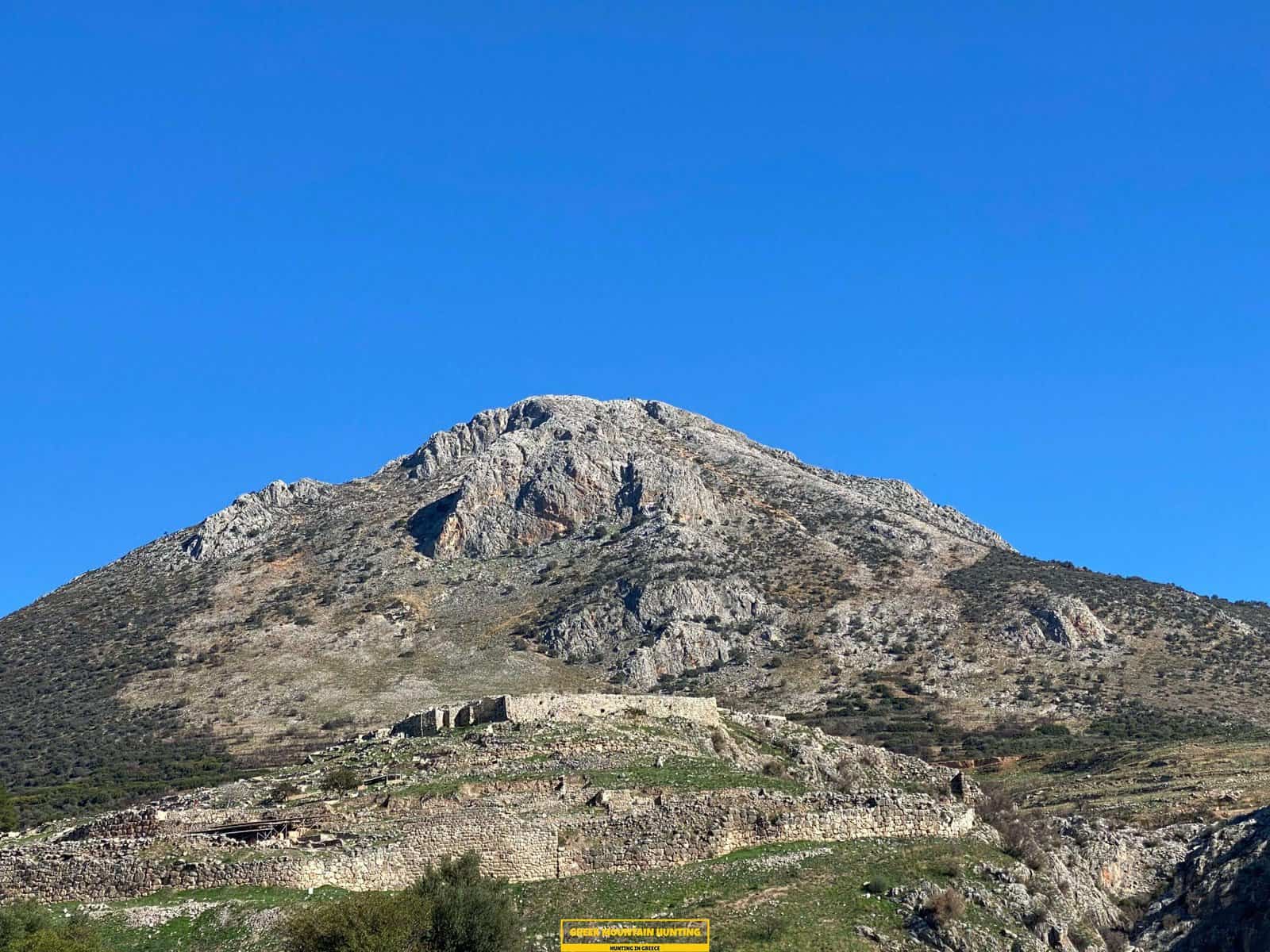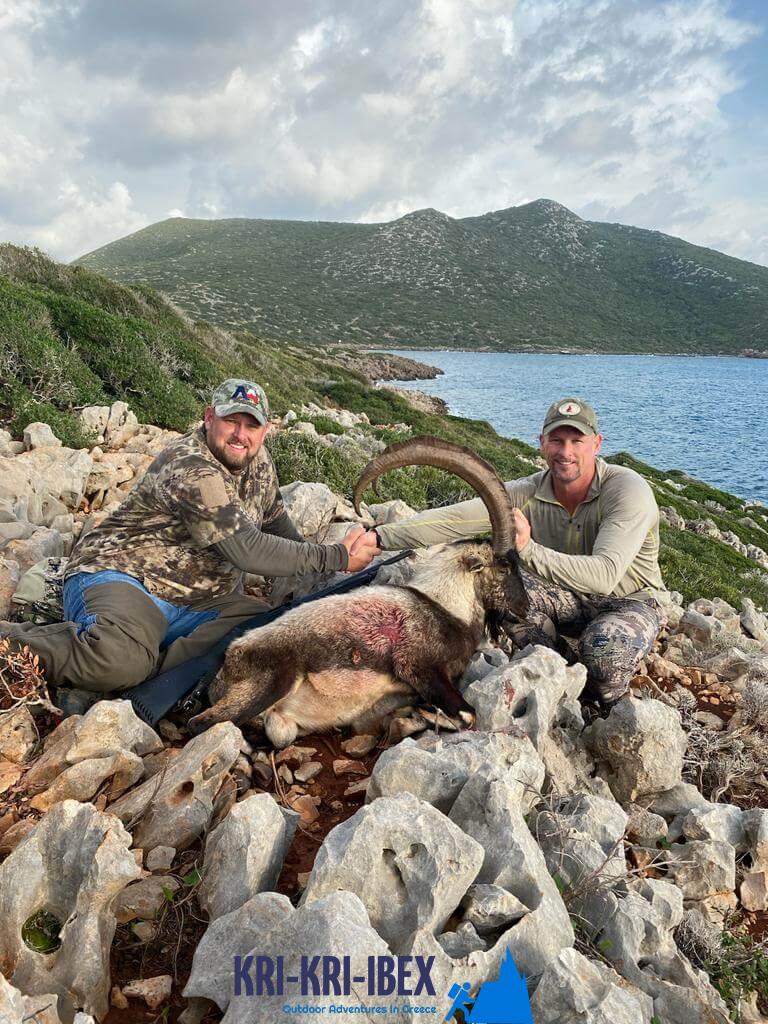Experience the thrill of a life time with Kri Kri ibex stalking in Greece!
Experience the thrill of a life time with Kri Kri ibex stalking in Greece!
Blog Article

The ibex quest is an unbelievable holiday and interesting searching expedition in Greece. It is not always a challenging search and unpleasant problems for the majority of seekers. What else would you such as to desire for during your tour of ancient Greece, diving to shipwrecks, and also searching for Kri Kri ibex on an unique island for 5 days?

This Ibex is not a small type of the Bezoar Ibex, which has actually migrated to the western side of its range. The kri-kri (Capra aegagrus cretica), likewise called the Cretan goat, Agrimi, or Cretan Ibex, is a wild goat indigenous to the Eastern Mediterranean. The kri-kri (Capra aegagrus cretica), a feral goat inhabiting the East Mediterranean, was when believed to be a subspecies of wild goat. The kri-kri has a light brownish layer with a darker neck band. Their two sweeping horns rise from their head. The kri-kri is a reluctant and cautious animal in the wild, relaxing during the day. They can jump fars away or climb apparently large high cliffs.
On our Peloponnese tours, you'll get to experience all that this outstanding area needs to provide. We'll take you on a scenic tour of several of the most historic as well as lovely websites in all of Greece, including ancient ruins, castles, as well as much more. You'll additionally get to experience some of the conventional Greek culture direct by appreciating some of the delicious food and also a glass of wine that the region is understood for. And certainly, no trip to Peloponnese would certainly be total without a dip in the gleaming Mediterranean Sea! Whether you're a seasoned hunter trying to find a first-time traveler or a brand-new journey just seeking to discover Greece's spectacular landscape, our Peloponnese excursions are perfect for you. So what are you awaiting? Reserve your journey today!
Experience 'Real' Greece with Our Peloponnese Tours. If you're searching for an authentic Greek experience, look no more than our Peloponnese tours. From old damages and also castles to scrumptious food and also white wine, we'll reveal you everything that this incredible region has to offer. What are you waiting for? Reserve your trip today! Your Kri Kri ibex searching in Greece is below!
What is the diference between Kri Kri ibex, Bezoar ibex and hybrid ibex
The kri-kri is not thought to be indigenous to Crete, most likely having been imported to the island during the time of the Minoan civilization. Nevertheless, it is found nowhere else and is therefore endemic to Crete. It was common throughout the Aegean but the peaks of the 8,000 ft (2,400 m) White Mountains of Western Crete are their last strongholds–particularly a series of almost vertical 3,000 ft (900 m) cliffs called ‘the Untrodden’—at the head of the Samaria Gorge. This mountain range, which hosts another 14 endemic animal species, is protected as a UNESCO Biosphere Reserve. In total, their range extends to the White Mountains, the Samaria National Forest and the islets of Dia, Thodorou, and Agii Pandes.
This Ibex is NOT a diminutive form of the Bezoar Ibex, which has migrated into the western-most reach of the range of this species. The kri – kri (Capra aegagrus cretica), sometimes called the Cretan goat, Agrimi, or Cretan Ibex, is a feral goat inhabiting the Eastern Mediterranean, previously considered a subspecies of wild goat. The kri-kri has a light brownish coat with a darker band around its neck. It has two horns that sweep back from the head. In the wild they are shy and avoid tourists, resting during the day. The animal can leap some distance or climb seemingly sheer cliffs.
“The agrimi goat Capra aegagrus cretica is unique to Crete and its offshore islands. It has been identi®ed as a sub-species of the wild bezoar goat Capra aegagrus aegagrus Erxleben, 1777, which it closely resembles in horn shape, body form and coloration. This classi®cation has been disputed by some researchers who claim that the agrimi are feral goats, derived from early domestic stock brought to the island by the ®rst Neolithic settlers. In order to clarify this issue, DNA analyses (cytochrome b and D loop sequences) were carried out on tissue of live and skeletonized agrimi and compared to sequences of wild and domestic caprines. Results conclusively show the agrimi to be a feral animal, that clades with domestic goats (Capra hircus) rather than with wild Asiatic bezoar. This study demonstrates that morphometric criteria do not necessarily re¯ect genetic af®nities, and that the taxonomic classi®cation of agrimi should be revised.”
Report this page